Nicolas Gonin wine estate
Saint-Chef
Born in 1975 and holder of a national diploma in oenology from the University of Dijon, Nicolas Gonin learned the vine and wine trade at Château Gilette in Sauternes, Domaine Tempier in Bandol and Ridge Vineyards in California.
His desire to return to the region to produce quality wines dates back to the late 90s, but he was only able to set up on his own in 2005 when he took over the vineyards from his uncle Gaston Gonin.
At the time, the size of the vineyard was not large enough to qualify as a winegrower and obtain planting rights, so other plots had to be rented out, often far away, badly oriented or in poor condition, in other words: "All the vines that nobody wanted to work any more...". So the estate was created piece by piece with the vines of 20 different owners...
Since 2003, the entire estate has been uprooted and replanted exclusively with local grape varieties:
- whites: altesse, verdesse, jacquère, viognier.
- reds: persan, mondeuse, mècle.
In 2005, a 250 m2 cellar was built using alveolar terracotta bricks and a Dauphin-style roof.
Today, the vineyard has been restructured, bad parcels have been eliminated and the estate now covers 5.5 hectares. Other planting projects are underway, including the rediscovery of ancient grape varieties.
Domaine Nicolas Gonin is located in the commune of St Chef, 15 km from Bourgoin-Jallieu, in the north of the Isère department. Also known as Bas Dauphiné, this region is halfway between Lyon and Grenoble.
The wines produced here are sold under the name IGP Isère Balmes Dauphinoises. The word "Balme" means valley.
The region's climate is highly contrasted, influenced as it is by the proximity of both the Alps and the Rhône Valley. Winters are cold and foggy, while summers are hot and dry. The start of the vine growth cycle is late, but this is more than compensated for by the hot summers. The region is fairly windy. The "bise" (north wind), the "matinière" (morning wind, from the east) and the "vent du midi" (south wind) are the dominant winds in the region. Annual rainfall is around 900 mm and the number of hours of sunshine is 2050 per year.
The average altitude is between 250 and 400 metres.
The vines are grown on south to south-east facing slopes with very hot microclimates (red grape varieties) and also on the cooler, more ventilated plateaux (white grape varieties).
The aim is to produce a wine with as few oenological treatments as possible. There is no chaptalisation or acidification. The wines are lightly filtered and bottled with very moderate doses of sulphites.
All the wines are aged in vats. White wines are aged on lees.
The red wines are extracted moderately to obtain wines with fruit and fine tannins, but also with structure and length on the palate. Maceration is short (8 to 12 days) and at fairly low temperatures (22 to 25°C) due to the small capacity of the vats. Total de-stemming for all the reds.
From 01/01 to 31/12, daily.
Booking required.
38890 Saint-Chef
Isère (38)
Informations complémentaires
Ça peut vous intéresser
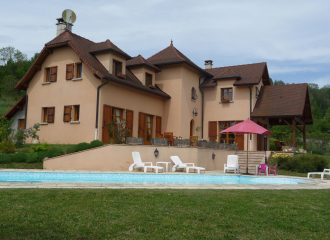
A l’orée des vignes
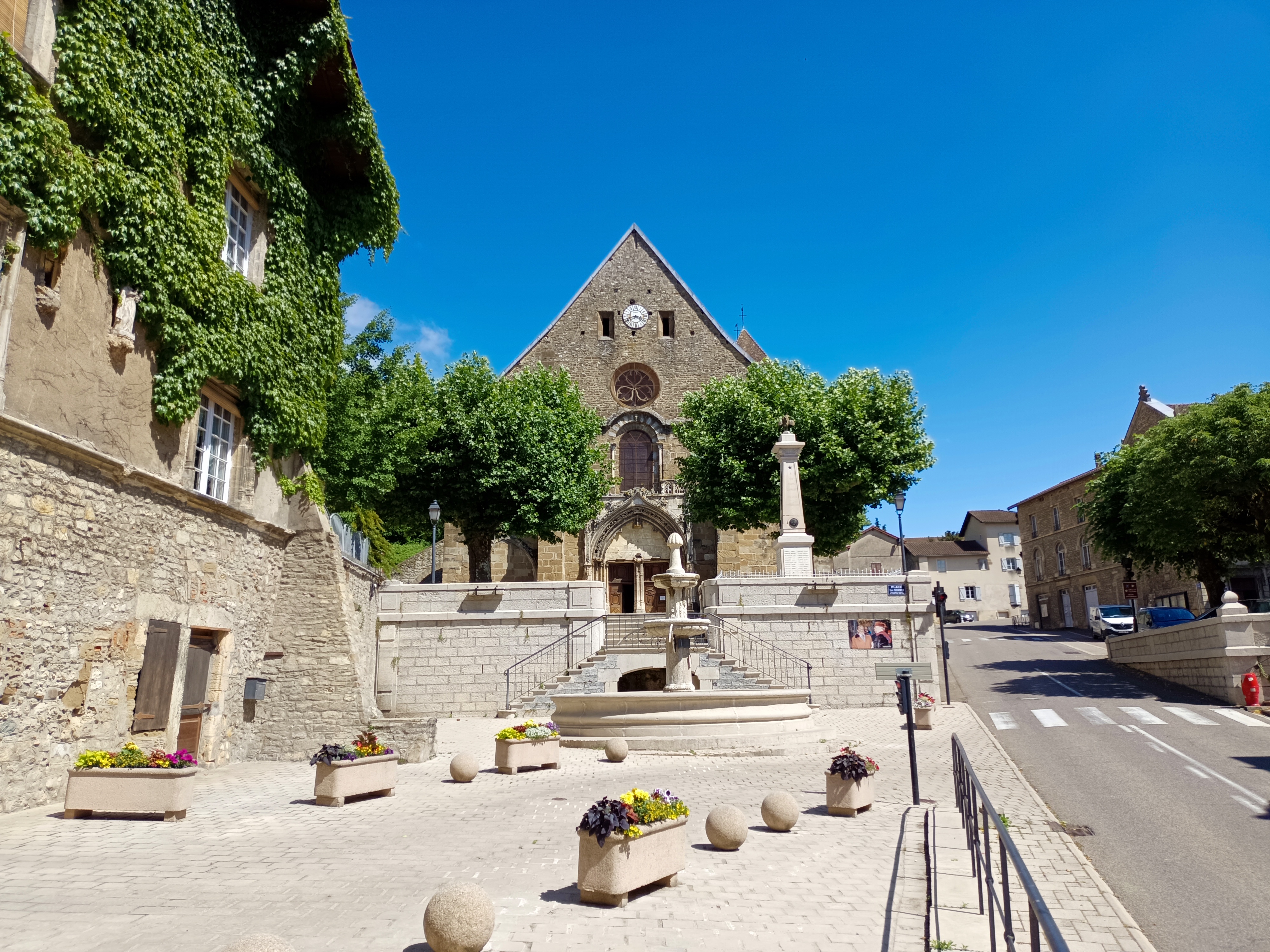
Saint-Chef, the abbey city
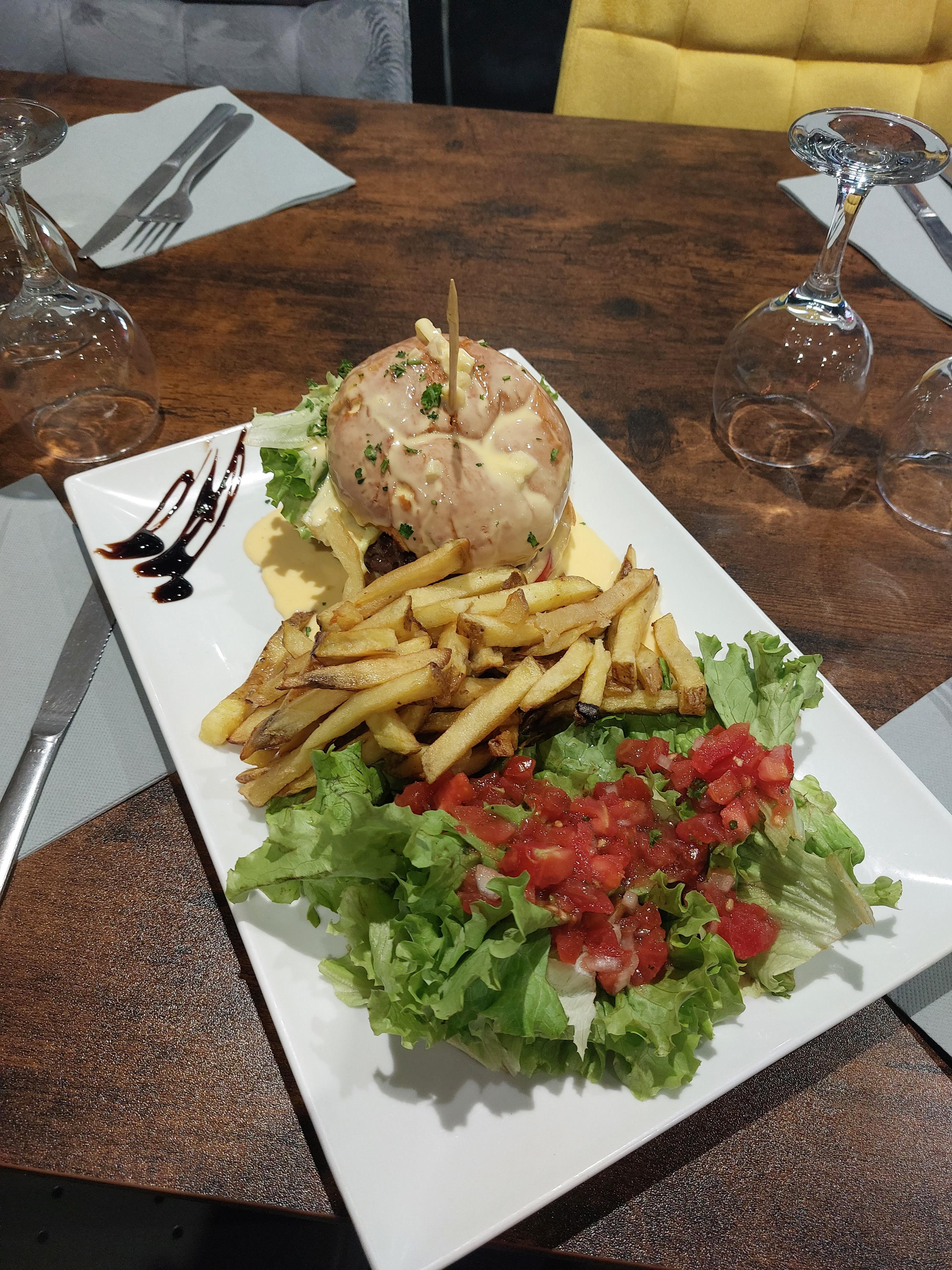
La table de Serm’
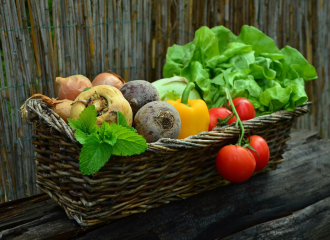
Mes Voisins de Panier
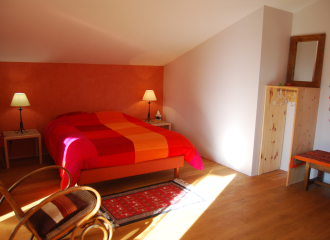
2 chambres sur la colline
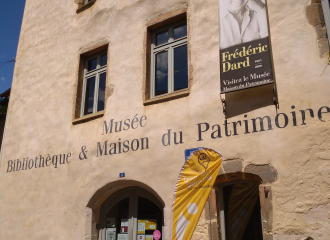
Saint-Chef – Balcons du Dauphine Tourist Information Office
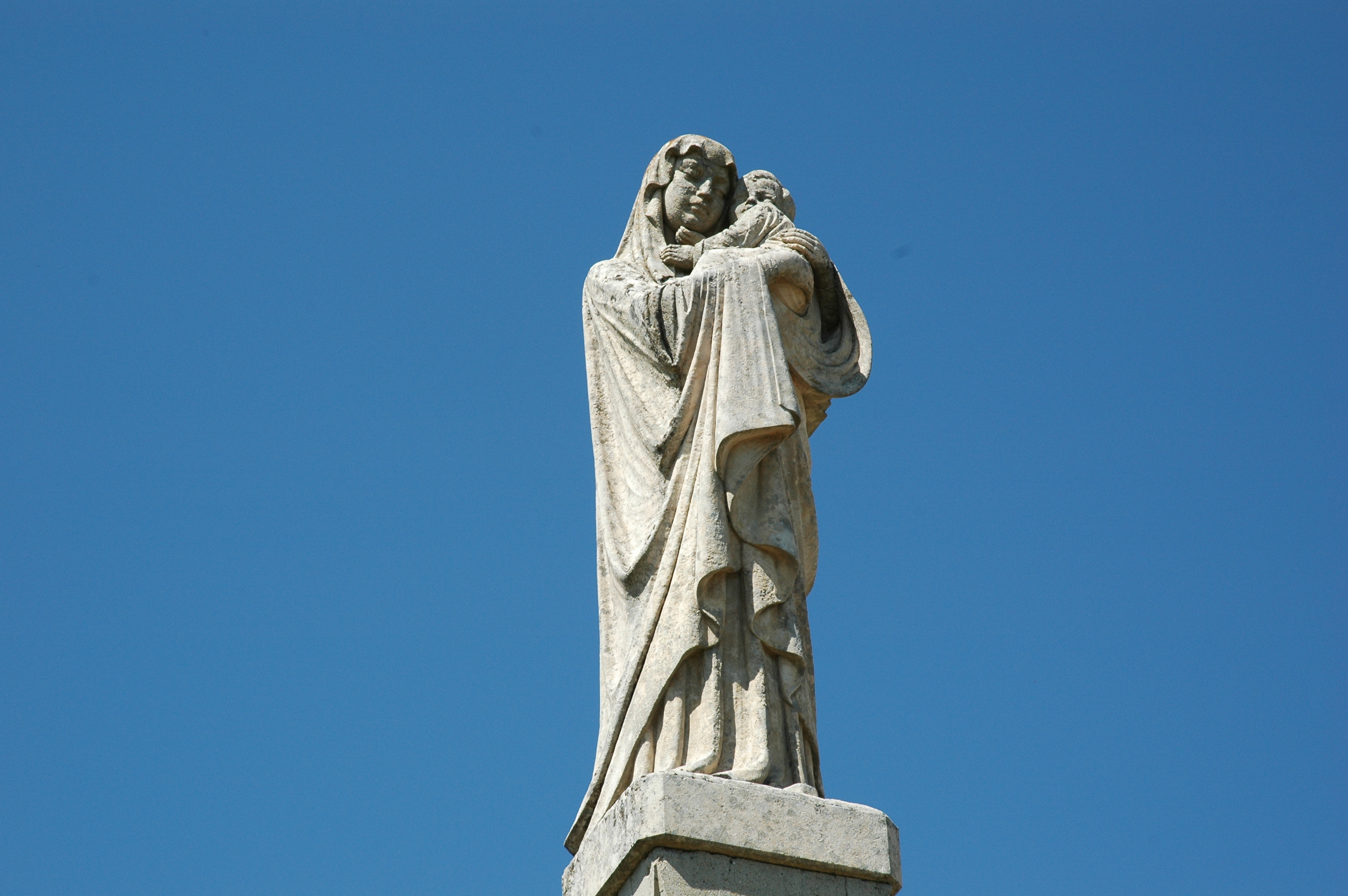
Sermérieu
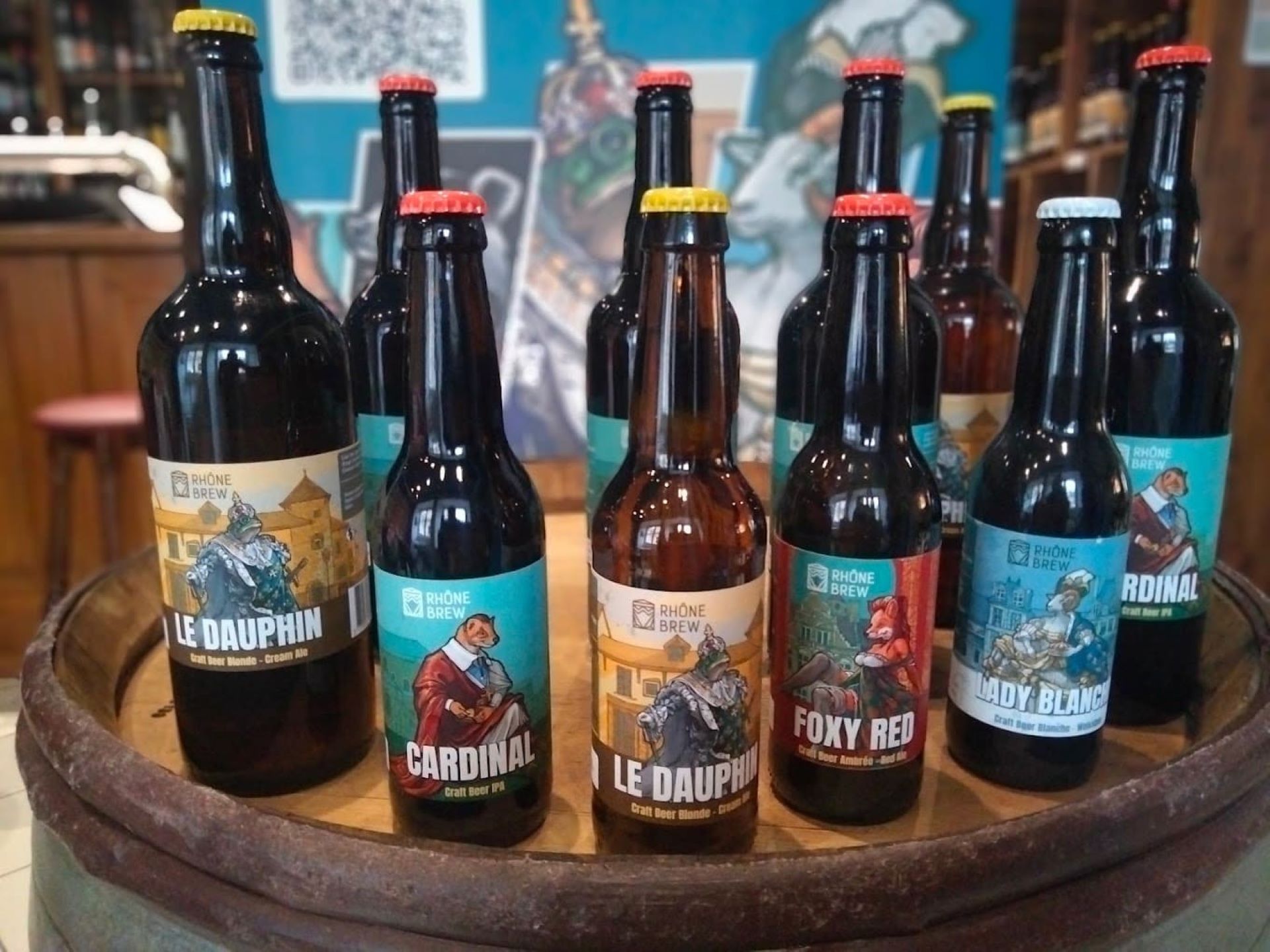
Cask House: brewery, Irish pub and wine shop

Marché de Noël du Salagnard
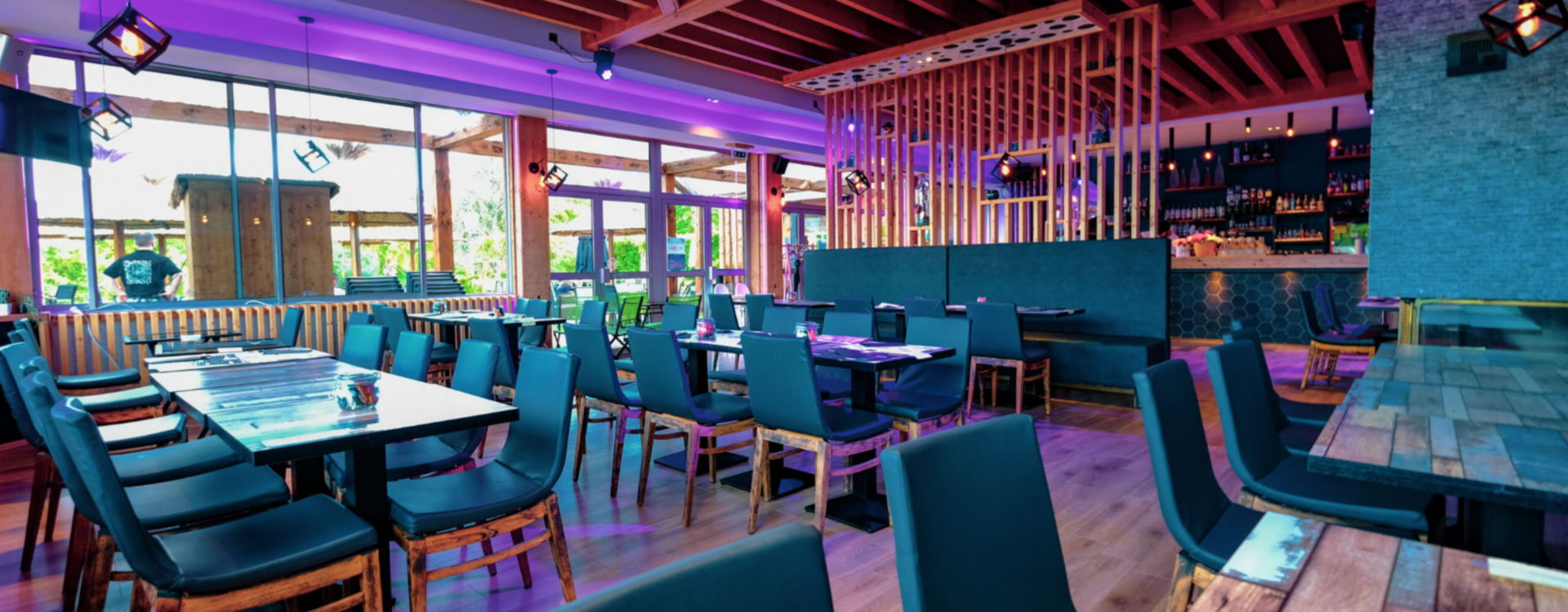
The Lake restaurant
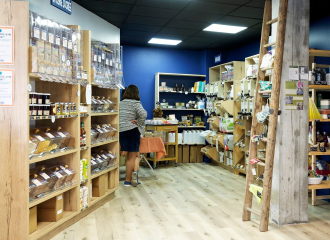
Le coin des colibris









